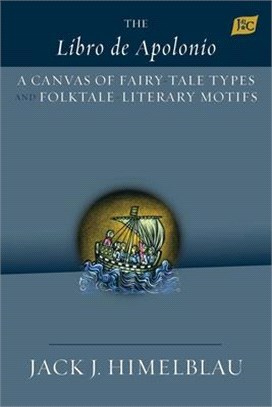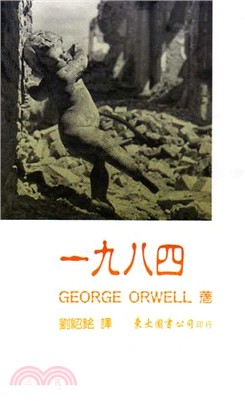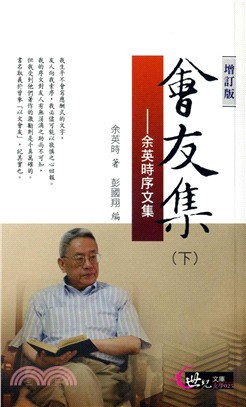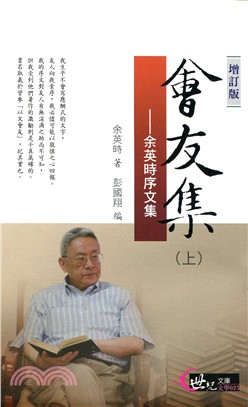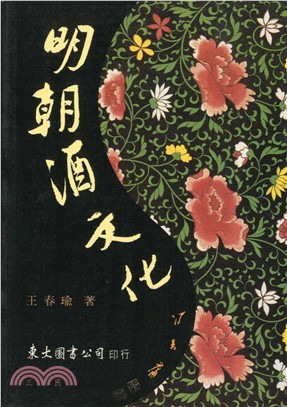The Libro de Apolonio: A Canvas of Fairy-Tale Types and Folktale‒Literary Motifs
商品資訊
ISBN13:9781588713605
出版社:JUANDELA CUESTA
作者:Jack J. Himelblau
出版日:2020/12/15
裝訂:平裝
規格:22.9cm*15.2cm*0.8cm (高/寬/厚)
商品簡介
The Libro de Apolonio is an anonymous medieval poetic narrative written in cuaderna v a, a monorhymed quatrain in alexandrine lines. The Spanish novel is a translation and variation of the anonymous late fifth or early sixth-century romance Historia Apollonii Regis Tyri, a Latin diegesis that is mainly written in prose. The thirteenth-century text of the Apolonio is lost. The extant Castilian version is a late fourteenth-century copy (ca. 1390) of the Spanish novel redacted in ca. 1260. The Libro de Apolonio is housed in Spain in the library of El Escorial (codex III-K-4) and forms part of a collection that includes two other texts: the Vida de Madona Santa Maria Egipciaqua and the Libro dels Reyes doriente.
The Libro de Apolonio is an engaging novel whose aesthetic appeal stems from its structured assemblage of fairy-tale types and folktale-literary topoi. With respect to fairy-tale types/folk motifs, this study not only assesses the folktale topoi proffered by scholars of Spanish medieval and Renaissance literatures but also provides additional fairy-tale types/folk motifs. These folk contributions significantly link the Libro de Apolonio (and the Historia Apollonii Regis Tyri, as well) to the timeless realm of folktales.
With respect to the literary motifs, scholars have mainly related the Libro de Apolonio (and the Historia Apollonii Regis Tyri, as well) to classical Greek and Latin literatures as well as to the ancient Greek novels written between the first century CE and late fourth century. However, this study reveals that sources of numerous literary motifs in the Libro de Apolonio (and in the Historia Apollonii Regis Tyri, as well) are variations of topoi that appear in ancient Egyptian and Akkadian literary works that date to 2000 BCE.
Hence, it is reasonable to assume that the oral renditions of the fictive content of the above Mesopotamian and North African texts must date to a time far more remote than that of the Epic of Gilgamesh (ca. 2000 BCE). The question, then, arises: When did the modern human beings become oral narrators of anamneses? This study proposes that, barring grave neurological deficiencies, such as atrophy of the hippocampus, the modern human beings were physiologically born oral storytellers of past events by (if not, before) 300,000 BCE.
Series: Estudios de literatura medieval John E. Keller, #15
主題書展
更多書展今日66折
您曾經瀏覽過的商品
購物須知
外文書商品之書封,為出版社提供之樣本。實際出貨商品,以出版社所提供之現有版本為主。部份書籍,因出版社供應狀況特殊,匯率將依實際狀況做調整。
無庫存之商品,在您完成訂單程序之後,將以空運的方式為你下單調貨。為了縮短等待的時間,建議您將外文書與其他商品分開下單,以獲得最快的取貨速度,平均調貨時間為1~2個月。
為了保護您的權益,「三民網路書店」提供會員七日商品鑑賞期(收到商品為起始日)。
若要辦理退貨,請在商品鑑賞期內寄回,且商品必須是全新狀態與完整包裝(商品、附件、發票、隨貨贈品等)否則恕不接受退貨。



